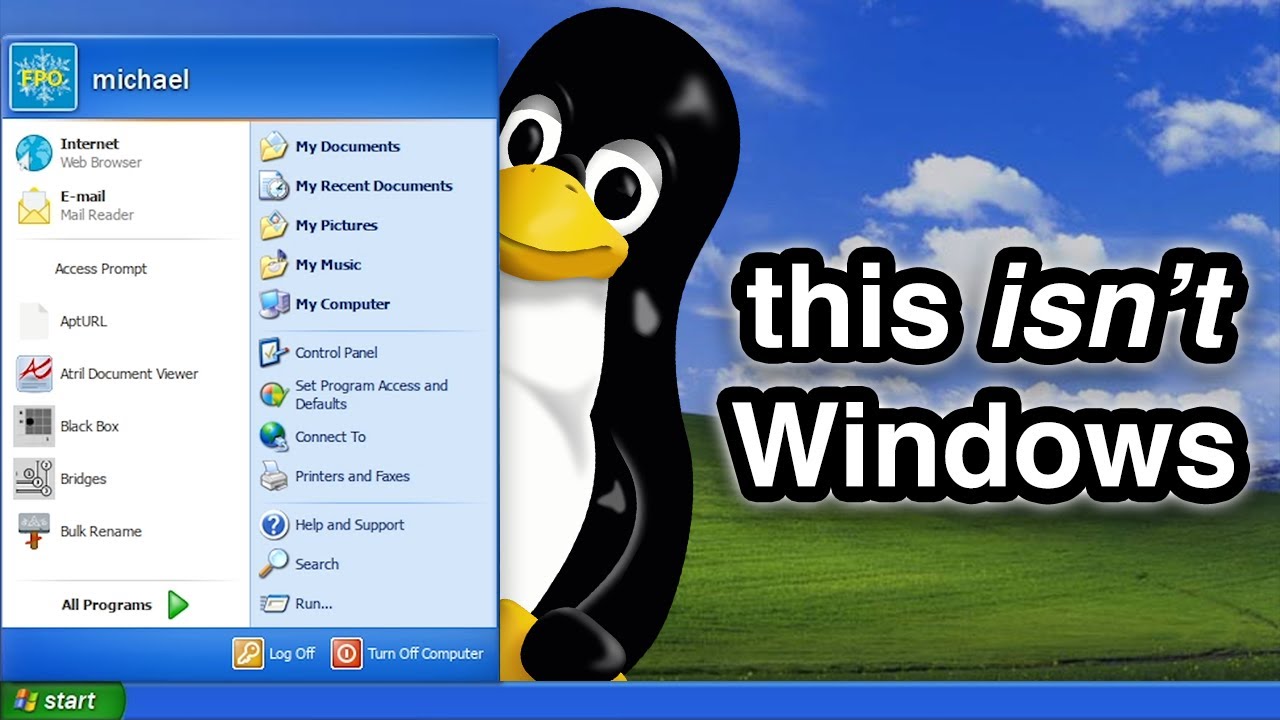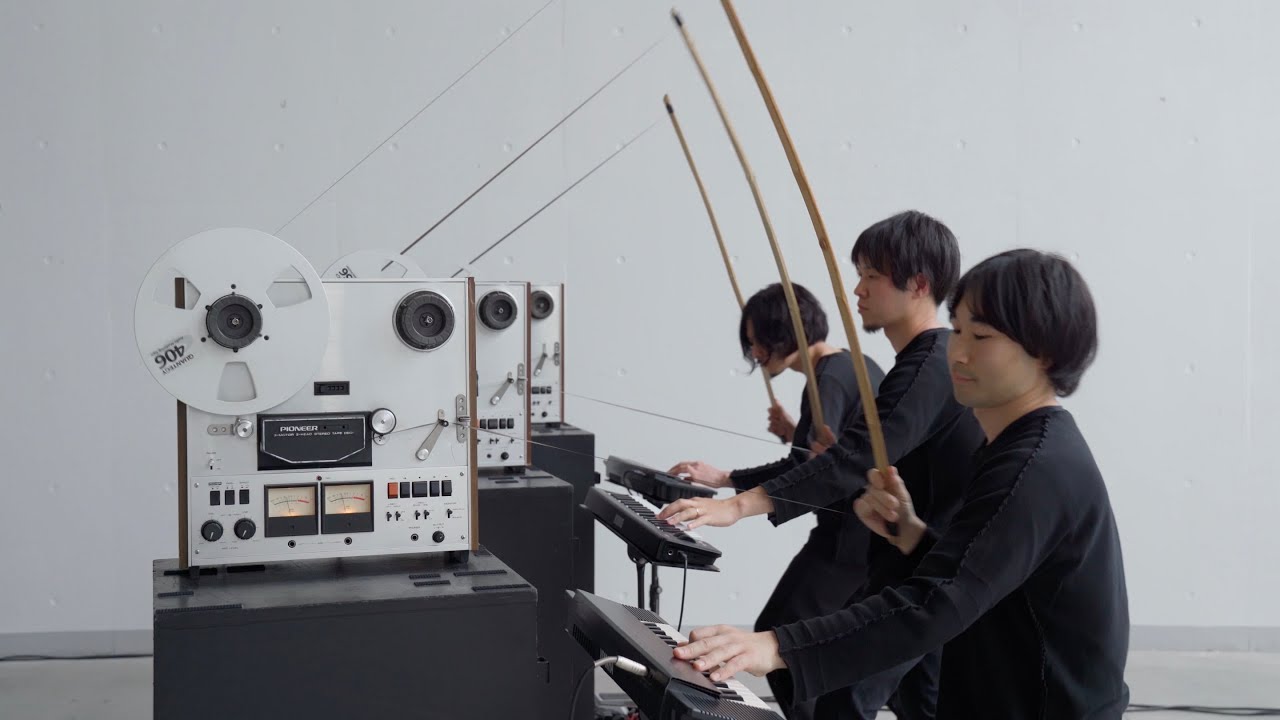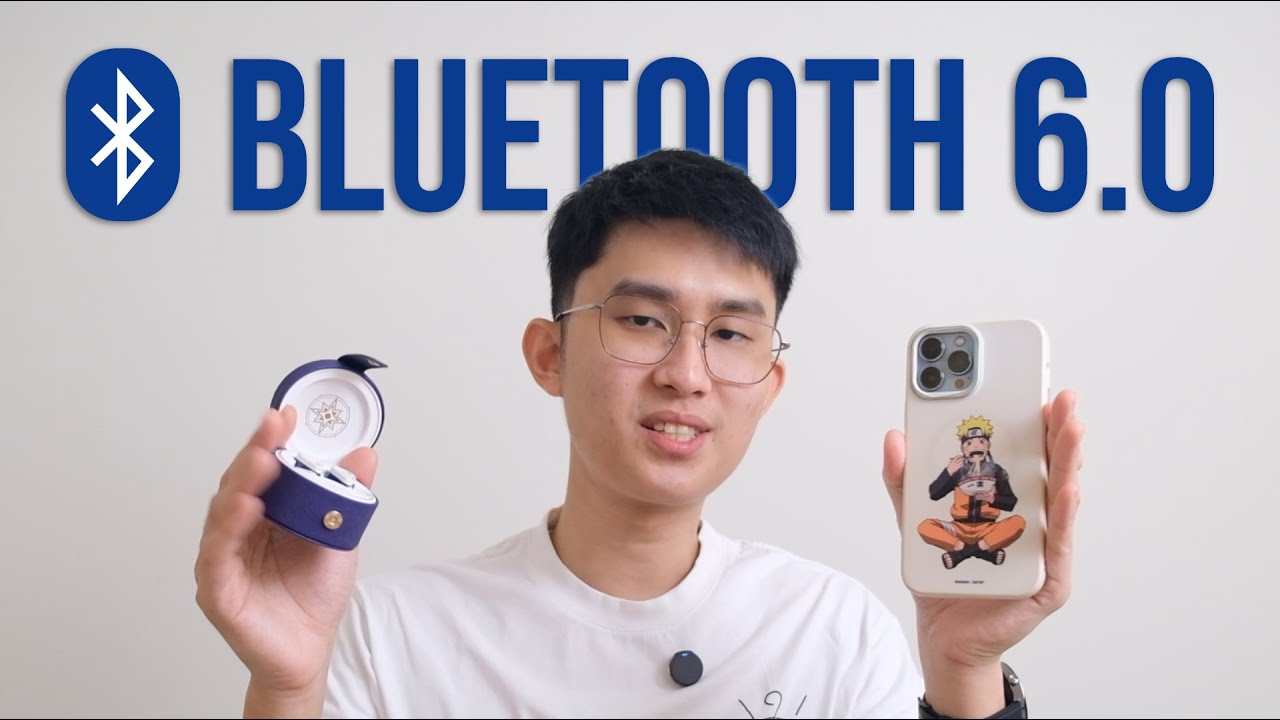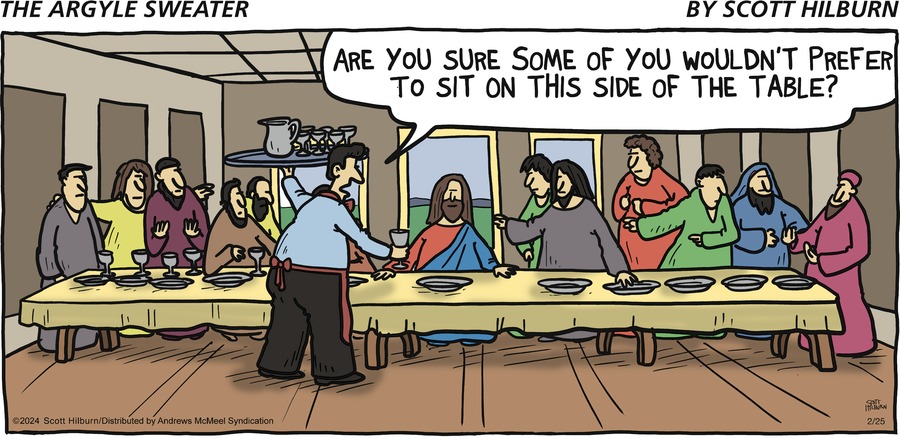- 15 Posts
- 25 Comments

 11·2 months ago
11·2 months agoLooks like there’s an open source PCB hardware mod for nest thermostats:
- Sett Open-Source Home Thermostat

 1·3 months ago
1·3 months agoNFS PU was the first ever racing game I encountered with a career mode. It was brutal in that I couldn’t drive with the same skill using just a keyboard like I did with prior titles, and that kind of dead locked my progression until I figured how to use an analog controller on PC. It felt like driving on ice.
Split screen racing was so fun back in the day! Can’t remember the most recent racing title I’ve seen that supported that. I’d take a local LAN multiplayer or self hosted server option as a substitute.

 3·3 months ago
3·3 months agoIf you’re new to Linux, then NixOS may be outside your comfort zone, but nixpkgs does enable simple patch set integration for legacy Nvidia drivers for use with recent kernels. You could try enabling the 390 config option from a NixOS desktop install, or fetch and apply the appropriate patch from
aurPatchessource yourself from a different distro for a corresponding kernel version:

 2·4 months ago
2·4 months agoIt’s so neat to see the game still receiving mods and independent patches after all these years. I wonder how many new players discover this series, who are probably born well after its release.
Multi-generational fanfare is common among other multimedia such as books and movies, but I wonder what the breakdown is for video games, or how that percentage may be changing as the game publishing industry continues devolving.

 4·4 months ago
4·4 months agoYeah, I preferred when the franchise mostly centered around stock super and hyper cars, and performance tuning was done via the settings menu rather than mucking about with in game farming for aftermarket parts.
The voice over and picture show promos for vehicles in the selection menu was so hype for every model, even if you knew the car wasn’t even top tier in the game.

 3·4 months ago
3·4 months agoHorizontal split screen worked rather well for racing games, given the split field of view on the old 4:3 displays are quite similar to widescreen gaming today.
Haha, that’s great! What related landmarks does that track allude to?

 6·4 months ago
6·4 months agoWow, the mods for NFS have really advanced since last I checked:
- Extra Options, but for NFS III: Hot Pursuit
- Need for Speed III: Hot Pursuit - Limits Unlocker Mod Menu
I had a hard time finding that game after finishing NFS3, until EA finally released a box set collection.

https://www.mobygames.com/game/10925/the-need-for-speed-collection/
I remember seeing an LGR and behind the scenes video for NFS2:
-
Need For Speed II - 24 Years Later: An LGR Retrospective
-
Making of - Need for Speed: Hot Pursuit 2 [Behind the Scenes]
-
Porsch Unleashed was quite a bit more simulator-like, at least the steering mechanics and coefficient of friction. I always kind of enjoyed the arcade physics of the original trio, without going completely slot-car, as keeping racing lines and risking shortcuts was still heavily rewarded. They all had really good soundtracks though, with that late '90s techno and grunge. Or at least that’s what my nostalgia tells me.

 1·4 months ago
1·4 months agoIt’s so frustrating that mono audio+mic has been the norm for so long. The awfully small bit rate for both sink and source channels is just the cherry on top. I have to break out a USB-C DAC with a TRRS connector for discord calls on my tablet, as every manufacturer has done away with internal headphone jacks, just maintain the same audio quality I would have on speakerphone mode.
Android is also pretty frustrating and that you can’t bifurcate your audio syncs and sources. For example on any modern Linux distribution, you can at least direct apps to use your internal laptop microphone by default, and your headphones for full bit rate stereo audio only - to work around and avoid Bluetooth’s ancient HFP protocol. Why Android developers can’t replicate this basic audio muxing is beyond me, but resorting to a device’s internal microphone comes with its own setbacks.
Perhaps that muxing on Android is only possible for Bluetooth headphones without a microphone, but I can’t find any earphone devices that are not also headsets anymore. Just doesn’t seem to be a thing any longer.

 3·4 months ago
3·4 months agoAlso, if you’re using EFI, you can use something like efibootmgr to select which entry to use on next boot up. Handy if you want to swap between OS installs without breaking out a remote KVM or hassle with GRUB monitoring all your drives.
efibootmgr(8): change EFI Boot Manager - Linux man page https://linux.die.net/man/8/efibootmgr

 1·4 months ago
1·4 months agoInteresting, what browser and extensions? Looks like it’s rendering fine on my end for chrome and Firefox on Android, with or without my normal extensions like Dark Reader.

 2·4 months ago
2·4 months agoOh, Need for Speed! I still break out the originals like NFS III Hot Pursuit when I want to focus on a podcast or an audio book, but don’t want my mind to wonder. Letting my visual and motor cortex enter a flow state while doing timed laps pacifies my ADHD, keeping me on track to complete any audible reading, pun intended. It also helps having all the maps memorized from nostalgia.
Emulating the PS1 and PS2 titles is an option, but there are modern patches of the PC ports that improve the ergonomics of running them on current operating systems, including Wine and Proton:
- Need For Speed III Modern Patch v1.6.1 [2016/10/28] (HD + Widescreen + Portable)
Another racing series with a similar flow vibe could be the Track Mania titles. Forza Horizon is a little flashy, but if you create a waypoint race route and then avoid the finish line, you can then free roam without traffic making for a relaxing and scenic diving game. The Hot Wheels DLC for Forza Horizon is also rather zen once you get a grasp for the different gravity and motion model dynamics.
- Forza Horizon 5: Hot Wheels on Steam
Additional notable zen like titles, with less arcade driving:
- Absolute Drift
- over the hill (unreleased)

 7·4 months ago
7·4 months agoI’d like to discover alternative sources if you know any. Most written literature I come across in searches are either technical specifications biased from the Bluetooth consortium, or watered down blog spam of the same consortium’s news releases. Very little in terms of critical analysis or observations of user adoption and real trends in the original equipment manufacturers.
For example, all throughout the news releases of 5.X, no one would discuss if any improvements to bidirectional audio sinks for microphoned headsets were implemented or planned. It’s like the consortium is content keeping us all on phone calls with HFP from the 1990s at bitrates of 64kbps, leaving Discord audio sessions sounding like on-hold music at the DMV.

 7·4 months ago
7·4 months agoArchive link of source article from Financial Times:

 1·4 months ago
1·4 months agoLooks like the video description already prominently links to the voice actor’s social pages and channels. Perhaps the VA is just a member of the studio?
The blooper reel voice-over also kind of hints at the animation being fish needing to be tapped in an aquarium. Seems rather bespoke. Did you find a link to the original skit?



















However, their client software for Linux at least is: